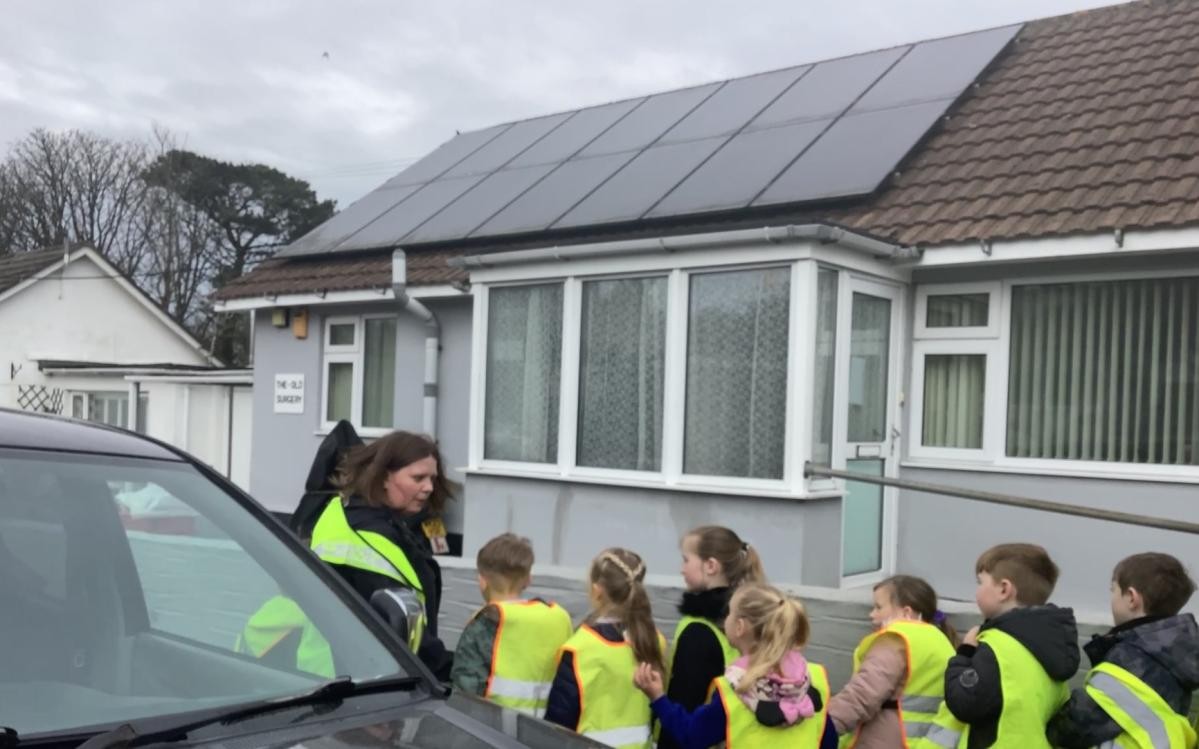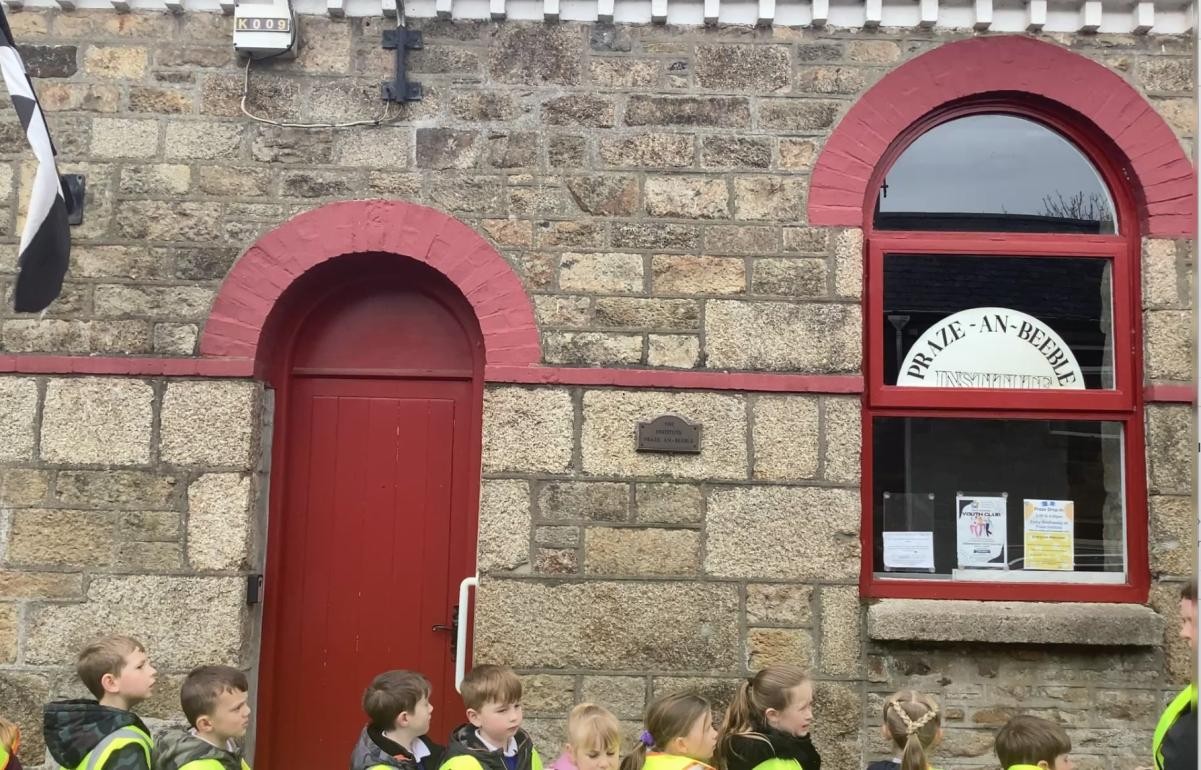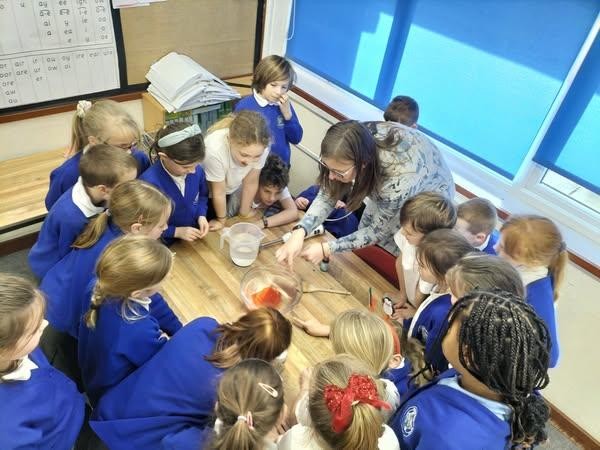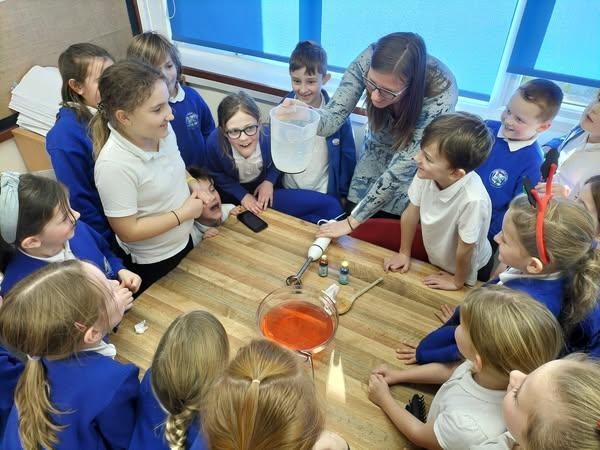At Crowan we believe that the study of geography will inspire children to expand their geographical vocabulary, increase their knowledge and curiosity of the wider world and promote high aspirations. By learning about diverse places, people and resources the children will develop a life-long love of the subject and a sense of awe and wonder about the world they live in.
Geography
Share this page




